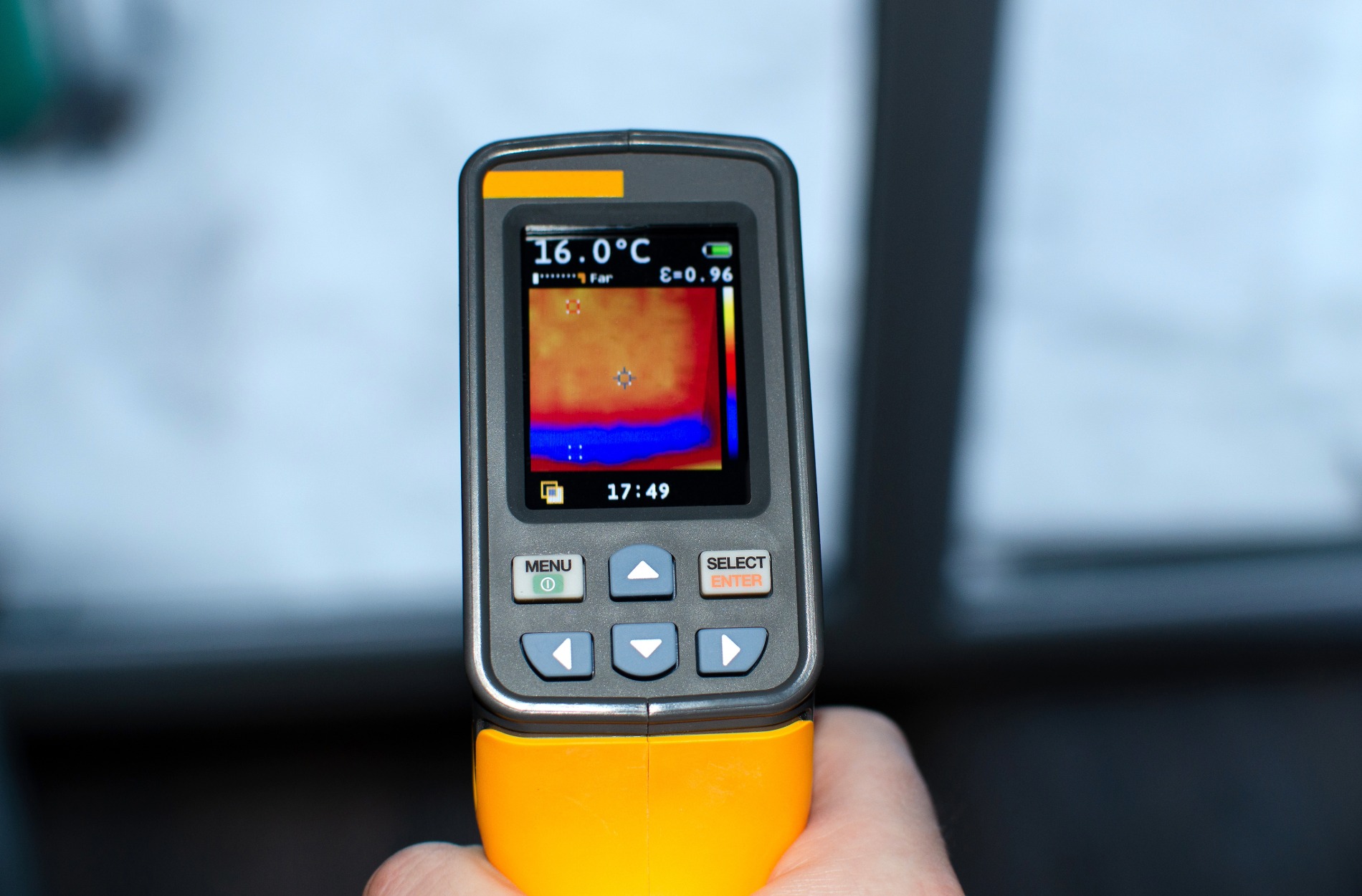Choosing the right temperature measurement devices can be a vital change for environments like blood banks, tissue banks, hospitals, and pharmacies. These facilities rely on precise temperature control to ensure the safety and effectiveness of everything from blood products to medications. When temperature monitoring systems are appropriately selected and maintained, they help keep operations compliant with health regulations and protect patient safety. Picture a blood bank that carefully maintains the ideal temperature for storing blood to make sure it’s safe for use when needed. That’s what effective temperature monitoring can achieve.
In today’s healthcare settings, adhering to strict standards is essential. For instance, blood banks need to keep their blood products at specific temperatures to ensure they remain viable for transfusions. With the correct temperature devices, these facilities gain a reliable partner in demonstrating compliance during inspections and audits. Automated temperature logs and alerts can help eliminate human error, making it much easier to focus on other critical aspects of healthcare delivery. This approach fulfills regulatory requirements and significantly boosts the trust and confidence in healthcare services.
Understanding Different Types of Temperature Measurement Devices
It’s important to know the various temperature measurement devices available and how each serves unique needs. Here’s a quick overview of some popular options:
1. Thermocouples: These are commonly used due to their wide temperature range and fast response times. They’re often found in industrial settings and are known for their durability. However, they can be less accurate than other options.
2. RTD (Resistance Temperature Detectors): These provide excellent accuracy and stability, making them suitable for lab and hospital uses. They are more fragile than thermocouples but are great for applications needing precise measurements.
3. Thermistors: Known for high sensitivity, thermistors are good in situations where extreme precision isn’t critical. They boast fast response times, although they cover a more limited temperature range.
4. Infrared Sensors: Without needing to touch the object, infrared sensors can measure temperature from a distance. They’re ideal for situations where direct contact isn’t possible or practical, though they can be less accurate with reflective surfaces.
Understanding the strengths and weaknesses of each type helps in selecting the best device for specific environments. For blood banks, an RTD might be ideal due to its accuracy. In contrast, an infrared sensor could be effective in scenarios where physical contact is impractical. Each setting is different, so considering these aspects can support better decision-making in temperature monitoring.
Key Features to Look for in Temperature Measurement Devices
When picking a temperature measurement device, certain features ensure reliability and ease of use. Accuracy tops the list, as it’s the one thing that assures you the readings you get are precise. Especially in healthcare settings, incorrect readings can lead to unwanted consequences. Keep accuracy a priority when looking through options.
Real-time monitoring and alerts can be crucial. This feature lets facility staff receive immediate notifications before temperatures hit critical levels. It’s especially useful during nights or weekends when minimal staff is available. Data logging and reporting capabilities also matter significantly. Having a record of temperature history at your fingertips helps with compliance, makes audits smooth, and boosts confidence that all has been checked and verified.
Consider how easy it is to integrate the device with existing systems. This prevents any unnecessary headaches or disruptions to workflows. Lastly, devices should require minimal maintenance and possess solid durability. Frequent breakdowns or complicated upkeep only take time away from other important activities.
Considerations for Selecting Devices for Specific Environments
Different workplaces have different needs, so what works for one might not suit another. For blood banks, maintaining the right temperature is critical. Devices should work well within the required temperature ranges for whole blood, red cells, platelets, and plasma. These products have specific temperature needs to remain effective for patient use.
Tissue banks handle various human tissues, each with a different set of temperature requirements. Storing bones, skin, or corneas well can make all the difference for future medical or research applications. The right device will cover a broad spectrum of temperature ranges and offer reliable performance.
Hospitals carry the added responsibility of complying with regulations from entities like the FDA and CDC. Devices need to maintain the optimal storage conditions for everything from medications to vaccines. The right temperature not only ensures effectiveness but also prevents contamination.
Pharmacies must ensure medications remain potent by staying within the correct temperature range. This helps prevent any risk of spoilage and ensures every prescription dispensed is safe. Having reliable devices can assure pharmacists and patients alike that all is monitored and maintained properly.
Implementing and Maintaining Temperature Measurement Devices
Once you’ve chosen the right devices, proper implementation matters. Start with best practices for installing and calibrating these devices. That means checking all specifications and applying them correctly. Calibration should be done right away to ensure each device works as expected.
Regular maintenance checks keep everything running smoothly. Consistent updates help keep devices from falling behind regulatory requirements. Doing this promptly can catch potential issues early before they become significant problems.
Training the staff is just as vital. Everyone should know how to use these devices properly and understand the data they provide. Familiarity with the system boosts confidence and ensures staff can act promptly in situations where quick decisions are necessary.
Ensuring Compliance and Enhancing Patient Safety
Having an automated monitoring system is essential in meeting compliance needs. This takes care of the bulk of monitoring tasks and provides reliable logs that make audits less stressful. Automated systems help reduce human error and keep storage conditions steady all the time.
By maintaining consistent temperature control, facilities ensure patient safety and safeguard against ineffective or harmful use of products. Properly chosen and well-implemented devices improve overall safety, creating a sense of assurance and trust in healthcare services.
Through thoughtful selection and regular maintenance of temperature measurement devices, facilities in Durham, NC, and beyond can fully uphold compliance and safeguard patient well-being, bolstering the trust placed in them. Remember that the safety of healthcare products depends heavily on maintaining the right temperature, making these devices an essential part of modern healthcare facilities.
For healthcare facilities in Durham, NC looking to maintain peak efficiency and safety standards, a comprehensive approach to temperature control is vital. To explore practical solutions and find the most suitable temperature measurement devices, trust Qualified Controls for reliable monitoring and seamless integration that safeguard your valuable medical assets while ensuring compliance.


